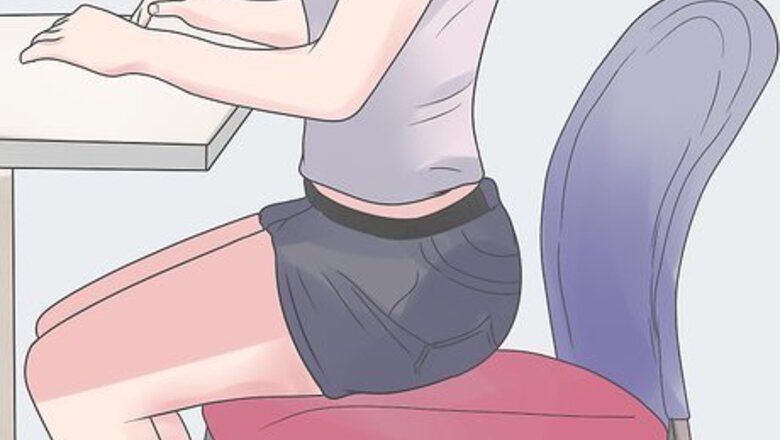
views
X
Research source
Bogduk N. The anatomical basis for cervicogenic headache. J Manipulative Physiol Ther. 1992;15:67-70
Luckily, in addition to physical therapy and medication, they can be treated at home through safe exercises, good posture, and proper self-care.
Treating Cervicogenic Headaches at Home
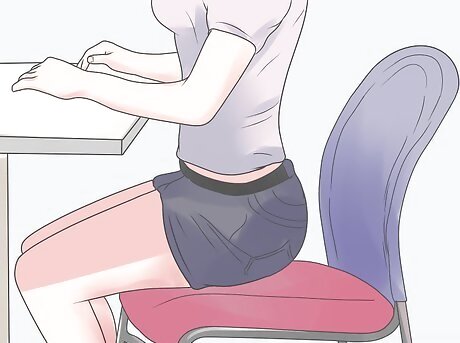
Maintain good posture. While sitting and standing, it's incredibly important to maintain proper posture to avoid pressure on the spine. Less pressure on your spine will help your cervicogenic headaches improve, as this is where the stress originates. Though it will take conscious effort initially, over time, good posture will just become a habit. While sitting, consider supporting your back with a pillow or a rolled towel. Once that's in place around your beltline, make sure your hips are firmly pressed on the back of the chair. Lean slightly forward to make yourself comfortable. This method will help reduce the pressure that is exerted on the spine when you're seated.
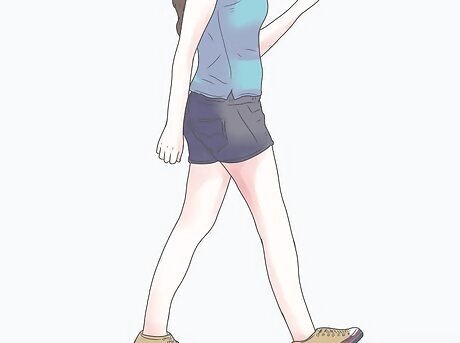
Make walking part of your exercise routine. No need to do fancy exercises – simple walking can strengthen your back, leading to more manageable and fewer headaches. Aim for 20-30 minutes a day, together or in 10-minute chunks if need be. Constant exercise is great for your weight, too. Walking on a treadmill is a decent option, too, if the weather doesn't allow you to walk outside. You can also make little efforts by taking the stairs, parking far away from the entrance of your building, or simply taking the dog the long way around the block.
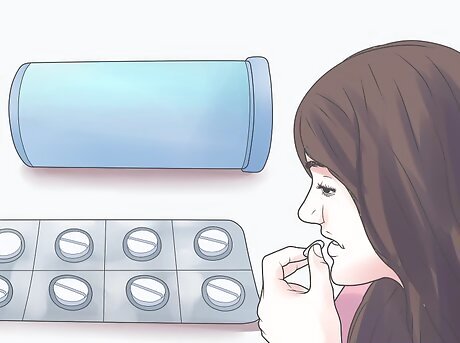
Take NSAIDS, like ibuprofen. Ibuprofen is classified as a nonsteroidal anti-inflammatory drug (NSAIDs). This drug works by blocking enzymes called cyclo-oxygenase. Take 200 to 400mg of ibuprofen (capsule or tablet) every 4 to 6 hours. However, it can cause stomach acidity, so it's best if taken after meals to prevent hyper-acidity. These cyclo-oxygenase enzymes produce prostaglandin which is responsible for the production of pain and inflammation in the area of injury. The blocking of the cyclo-oxygenase enzymes decreases prostaglandin production, in turn decreasing pain and inflammation, reducing your headache.
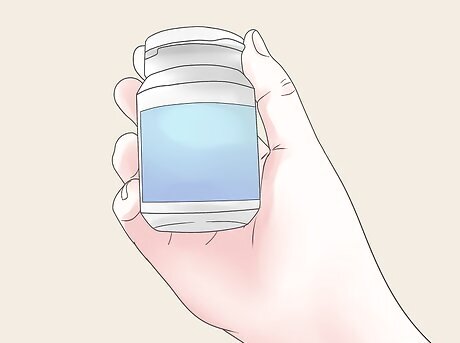
Consider painkillers, like paracetamol (Tylenol). Paracetamol (or acetaminophen) is categorized as a pain reliever and fever reducer. Many brands of paracetamol are over the counter, inexpensive, and easily accessible. The recommended dosage for adults suffering from mild pain due to cervicogenic headache is 500mg every 4 to 6 hours. The recommended dosage for adults suffering from moderate pain is 1000mg every 4 to 6 hours. The maximum daily dose of paracetamol is 4000 mg for adults.
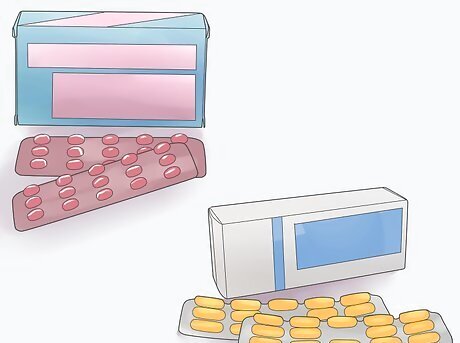
Use antiepileptic drugs. These drugs are used to manage peripheral and central pain transmission. They are commonly recommended for migraines, head and face pain. One of the common antiepileptic drugs is Divalproex sodium. It is effective due to its dual mechanism of action. It acts on sodium channels and increases levels of aminobutyric acid. The recommended dose is 250 mg orally twice a day for 1 week. Divalproex sodium is not recommended for pregnant people since it can cause neural tube defects. Another antiepileptic drug is gabapentin. This drug is thought to have positive effects for those suffering from neuropathic pain and migraines. Gabapentin alleviates pain responses and in certain cases can prevent them entirely. The recommended dose is 100 mg to 300 mg daily taken at bedtime.
Treating Cervicogenic Headaches through Exercise
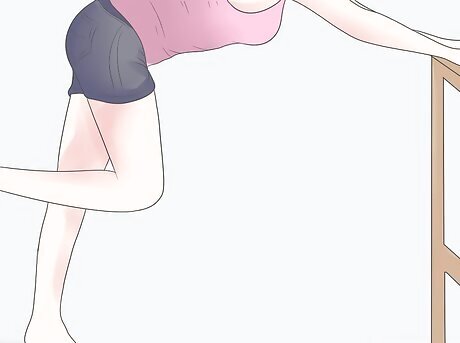
Do leg stances. This exercise helps to balance the body, aligning the neck, back, and shoulders, as each set is done on one leg. Proper alignment is necessary for fewer (and less intense) headaches, reducing stress on the area. Here's how to do this exercise: Start by standing behind the chair while holding onto it using both hands. Lift one leg off the floor and maintain balance using the other leg for approximately 5 seconds. Return the lifted leg to the floor and repeat this side four more times. This exercise should then be performed 5 times using the other leg, too.
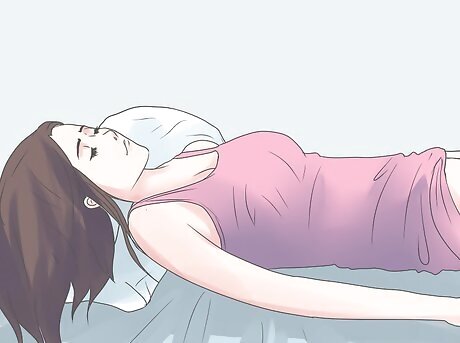
Lie straight on your stomach to strengthen your back. To easily strengthen your back, simply lie face down on your stomach. Stay in this position, adjusting to make sure your body is in good alignment, lying completely straight. Then, breathe slowly and deeply. This exercise helps to relieve tension and pressure on the back and the spine. Then, prop yourself up, still in the prone position (on your stomach). On your elbows, hold this position for 1-2 minutes while breathing deeply and slowly. This exercise helps to stretch the muscles in the back and helps in reducing pain.
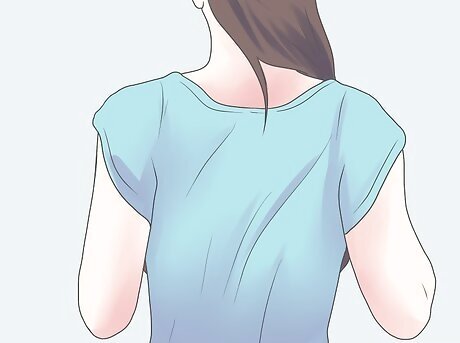
Do shoulder blade exercises. These can be done either in a sitting or standing position. Working this area strengthens your upper back and spine, reducing tension and stress at the base of your neck, thus reducing your headaches. Here's how to do this type of exercise: While sitting or standing, keep your back straight. Check that your hips are under your core and not rolled forward or backward. Squeeze your shoulders together, backward. Your chest will jut out. Hold for five seconds and repeat ten times.
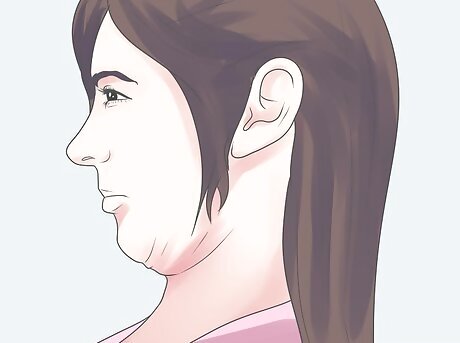
Do chin tug exercises. This exercise can be done either standing or sitting. Move your shoulders back slightly and tuck your chin. Keep your face and eyes forward. Keep this position for ten seconds and repeat ten times. There are different exercises that can be done at home which can minimize cervicogenic headaches, and these are just a few. The aim is to stabilize and control upper cervical spine movement. These exercises should be done 3-5 times a day. For maximum effect, gradually increase the number of times each one is done daily.
Treating Cervicogenic Headaches through Physical Therapy
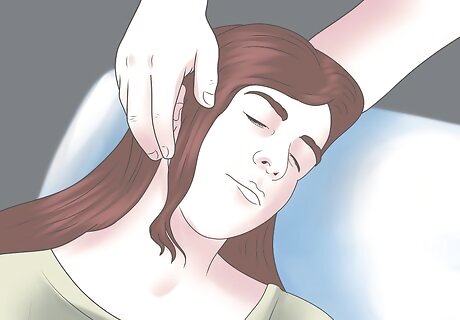
Work with a physiotherapist. Specific types of physical therapy can help relieve cervicogenic headaches. Since this type of headache is mostly caused by tension and stress, continuous physical therapy, done with a certified professional, can relieve cervicogenic headaches. Gradually increase your physical therapy exercises in the amount of intensity. Physical therapy should start out gentle and light and gradually increase. It is suggested that six weeks of physical therapy can improve recurrent cervicogenic exercise. However, if the headache is felt or aggravated after physical therapy, you should limit yourself to less vigorous exercise.
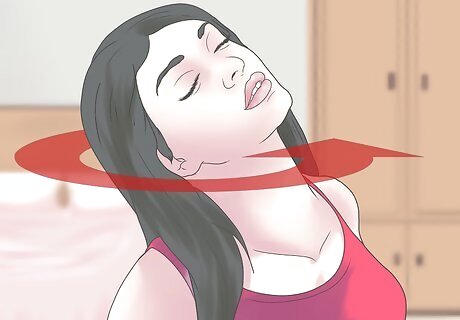
Explore different physical therapy exercises. Some physical therapy exercises that address cervicogenic headaches are cervical spine manipulation and strengthening exercises like deep neck flexors, upper quarter muscle stretches, thoracic spine thrust manipulation, and C1-C2 self-sustained natural apophyseal glides. Here's how they work: Cervical spine manipulation is done lying on your back with the doctor or physical therapist gently moving your neck and adjusting it. It can also be done in a sitting or face-down position. Craniocervical spine extensors are done by a back and forth and circular controlled motion of the head. Co-contraction is done through self-restricted isometric rotation in a correct upright position. Retraining the strength of the superficial and deep flexor synergy is done by lifting the head followed by cervical flexion. This must be done in a lying position. The flexion and lifting of the head must be done slowly to prevent worsening the condition. Restraining scapular muscles can be done by moving the shoulder bones upward and backward. They are then held in that position for 10 seconds to strengthen the area. C1-C2 self-sustained apophyseal glides are done through active and passive physiological activities with the assessment of the physical therapist.
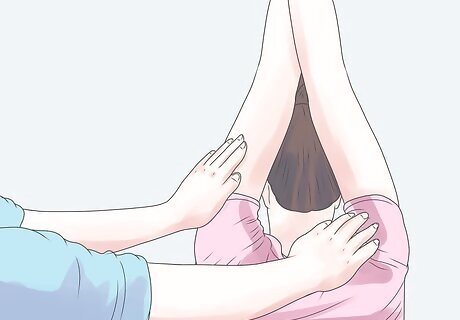
With a trained professional, stretch your muscles. Most people with cervicogenic headaches complain of tightness of the muscles, including the pectoralis major and minor, trapezius, and levator muscles (the muscles found on the upper part of the body). Stretching them out and contracting them against resistance (with your physiotherapist) can get rid of this tightness, lengthening the muscle. This should only be done with the help of the physiotherapist who can apply the resistance for you. Once in place with the resistance applied, you'll exhale and relax the muscle. The exercise will then be repeated on the opposite side.
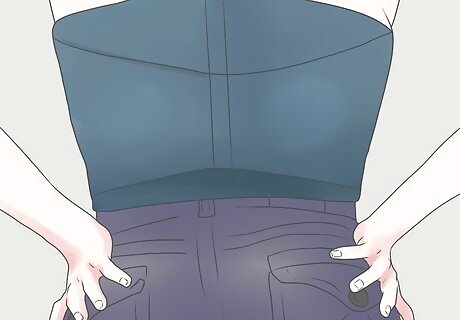
Get a lumbar corset from your physical therapist. This device can support your back so that the spine can be maintained in an optimal position. This is very important for people who have frequent back pains because it helps to reduce pressure on the spine. The corset can be used in the office, home, or in the car because it is portable, ensuring that the back is supported at all times.
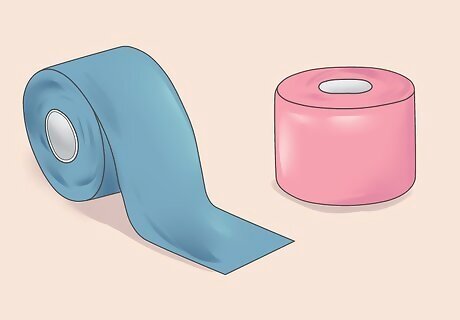
Ask your physiotherapist about kinesiology tape. KT tape can decrease the pain in your shoulders and neck. The specific tape that is used is called a lift strip. Here's how it works: With your physiotherapist, sit with your shoulders and neck exposed. The lift strip is then cut to a length of 3-4 inches long (7.5-10 cm) for each side of the neck. The paper backing that is in the center of the strip is removed, making it look like an adhesive bandage. The kinesiology tape is fully stretched and then is applied on the shoulder area and the neck where the pain is present. The tape should be rubbed gently to make it adhere to the skin. The strip is left on the skin for 2-5 days. The area around the skin should be monitored for redness or a rash as this can be an indication of a reaction to the tape.



















Comments
0 comment